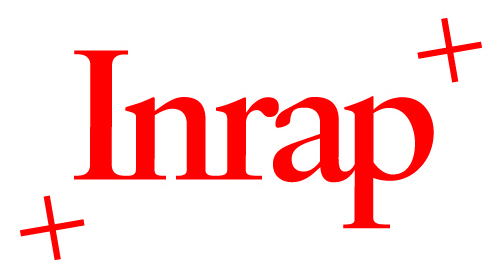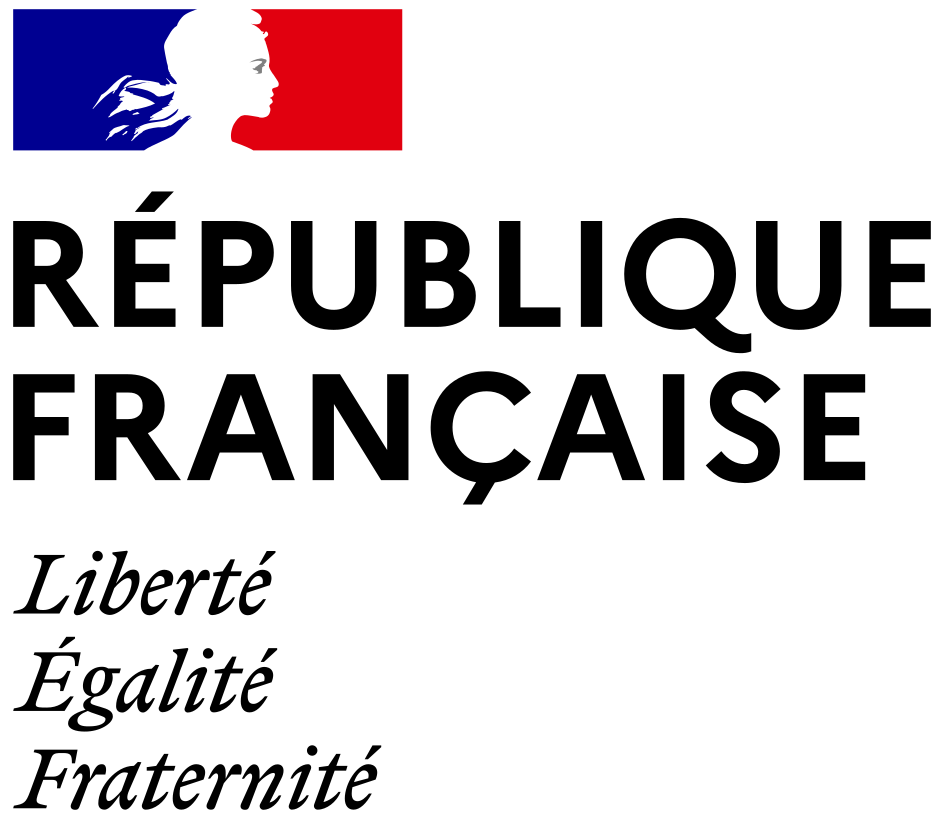Production of pottery and brickware object in the North of France from 12th to 16th in the Dunkirk area
Résumé
Dunkirk is located in the North of France, and more precisely in the south of the North Sea. Its local environment presents variable sedimentary deposits like clay, peat and sand. Thus, conditions are good for the installation of potters. Recent archaeological surveys and digs have yielded, in Téteghem, ceramic productions dating from the middle of the 12th century and others from the 14th century.
We would like to draw your attention to specific production of brick objects from the 14th century. 84 fragments were discovered with 54 individuals identified. The types of objects range from lids, garden-pots, spit-supports, little mortars to a possible andiron. They show elaborated ornaments: incised linear patterns, small triangles impressed with a knife, fingering, parts with a red slip and carved triangle patterns (so-called “kerbschnitt ”).
In Téteghem, the various excavations showed the presence of a pottery production alongside with a brick production and we see that these specific objects made from a brick-clay preparation are linked to the brickmakers.
These discoveries are very atypical in France: they are rare, consisting of specific types with specific ornamentations. Only three other French examples of this particular production can be mentioned, all located on the North Sea coast. When we broaden the spectrum especially in Belgium, we see that all the sites yielding this type of production are coastal sites. Furthermore, in France and Belgium, these sites can only be found in rural contexts, even though we have evidence of contemporary urban contexts. This presentation will echo the one by Ralph Kluttig-Altmann who will focus on examples from the Germany and Scandinavia.
Finally, a very recent discovery of a production of pottery from Dunkirk can be mentioned : a waster-pit dating from the end of the 16th century with a sgraffiato decoration.

